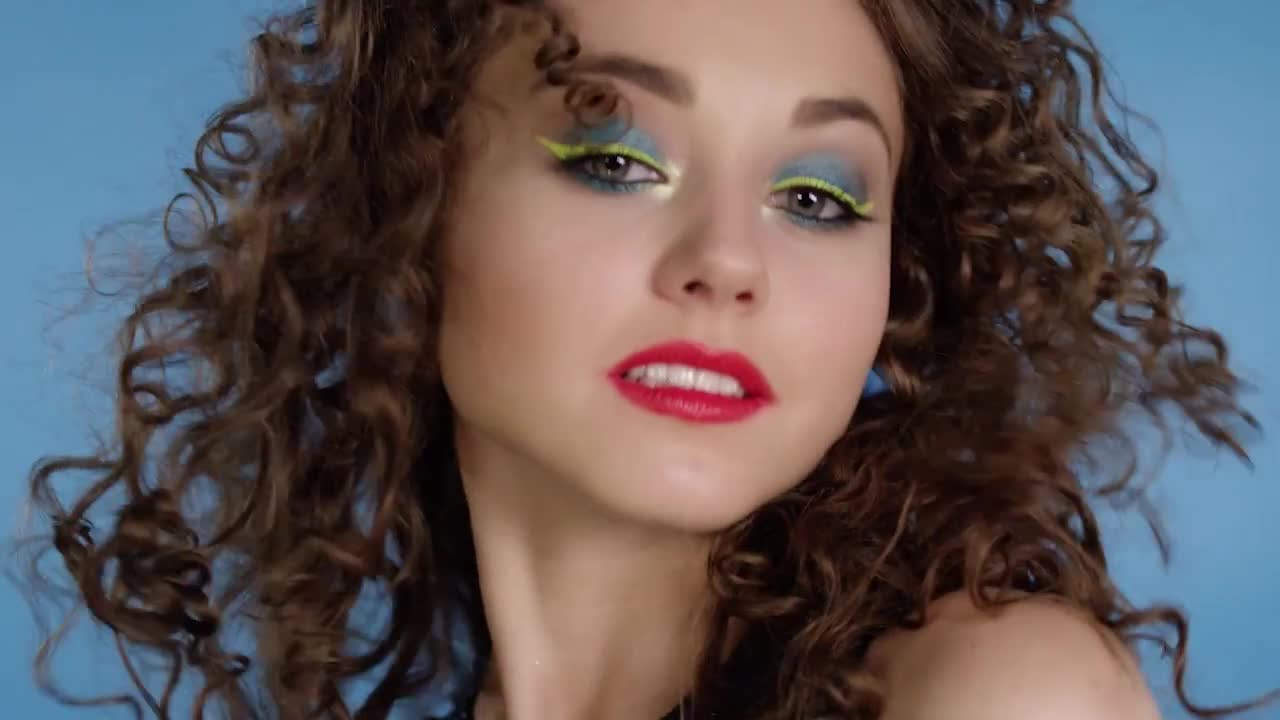

#80S TYPEFACE TUTORIAL FULL#
Slightly condensed, Clearface is bright and full of movement, with curious italic-like features here and there, as in the v and y. Plantin has signature short descenders, and its overall sturdy design allows it to work better than most text faces in display roles.Īlthough it dates back to 1907, Morris Fuller Benton’s Clearface has a contemporary look, especially in the ITC evocation shown here: It is, however, inspired by classic Dutch designs of the epoch, as was Stanley Morison’s Times. It’s named after the 16th-century Antwerp printer Christopher Plantin, although there’s no record of him ever using a type just like this. The most popular version of Plantin available today was designed for Monotype by Frank Hinman Pierpont back in 1913. Shown here is a version created by Bitstream under the name Aldine 721: An uncopyrightable name, Plantin is applied to a number of similar faces from various foundries.

Buying information for this and the other nine faces is in this article’s penultimate paragraph.Īnother oldie from the ranks of text faces is Plantin. It belongs to a three-member family, with no bold italic complement. It is, as you say in typographese, “economical of space.” But it’s brighter on the page than Times, and I’d like to see more of it again. Designed for Century magazine in 1894 by Linn Boyd Benton, Century Old Style sets tightly like Times, a newspaper face, so it works well over narrow measures. Once an enormously popular choice as a classic, self-effacing text face, it’s been virtually replaced by Times (New) Roman, which has been bundled with every computer operating system for 25 years. They were classics that have since fallen in the rankings for one reason or another. You’ll also note that many of these types-mainly the text faces-were neither new nor trendy back in the ’80s. They could even mix type created on competing systems. This gave designers a common-denominator library of typefaces to choose from.
#80S TYPEFACE TUTORIAL LICENSE#
ITC’s stroke of genius was to license typeface designs to any and all equipment manufacturers. Until desktop publishing was born, the manufacturers of typesetting equipment had a near stranglehold over their clients when it came to fonts, as each manufacturer had its own proprietary font format.

First, being one of the rare companies that made only type, ITC dedicated all its energy to new type designs and updates of classic faces-they were tastemakers and innovators.īut just as importantly, they were the only type company in that era to make platform-independent typefaces. They were popular at the time for two main reasons. You’ll notice that half of the faces I’ve chosen below are from ITC, the International Typeface Corporation. Only a few of these are still widely used, among them ITC Avant Garde, Goudy Old Style, Gill Sans, Helvetica, and Caslon 540 (following, I assume, the old typographic maxim, “when in doubt, use Caslon”). The usual suspects popped up again and again. The commercial type shop I worked at in San Francisco in the early 1980s did a lot of work for top ad agencies, and among their designers there was a sort of Top 40 list of typefaces. I’d like to nominate some of those faces relegated to the wings for a reprise on center stage. It’s not that no one uses them anymore, but they cease to be household faces, so to speak. Typefaces go in and out of style, and except for a handful of perennial favorites, most are destined to fade into the shadows after their day in the sun.


 0 kommentar(er)
0 kommentar(er)
